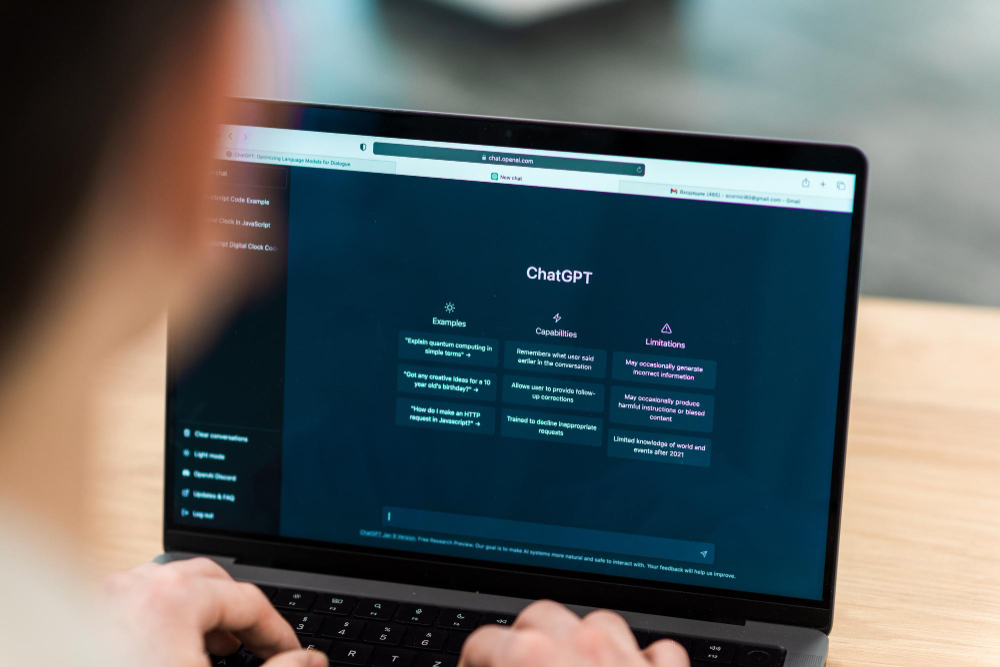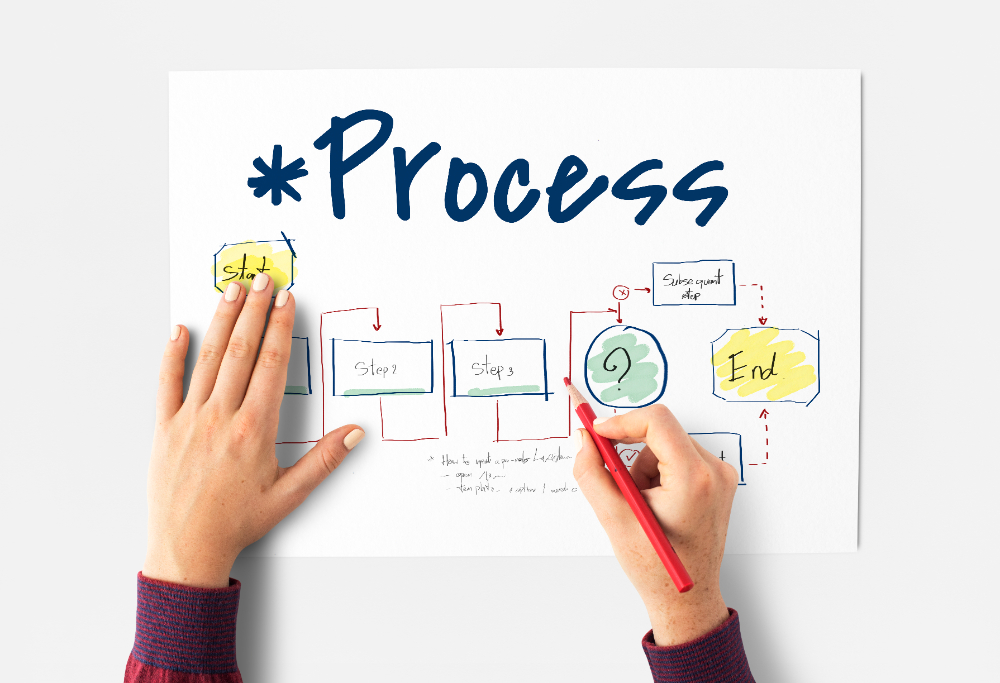Table of Contents
- Advantages of Online Assessments
- Famous Educational Tools for Online Assessments
- Challenges of Online Assessments for Educators, Students, and Institutes
- Lack of Face-to-Face Interactions
- Unfamiliarity with Educational Technology
- Accessibility Issues
- Lack of Authenticity
- Fear of Cheating
- Privacy and Security
- Student Engagement Challenges
- Solutions to Online Assessment Problems
- Extensive Training of Teachers
- Providing Resources to Students
- The Solution to Accessibility Issues
- Data Privacy Solution
- Variety of Online Assessments
- The Solution to Cheating Problems
- Conclusion
Assessments are a crucial part of measuring the success and grades of students. Educators need it to evaluate the understanding of students and assign them rewards according to their performances.
However, due to COVID-19, various changes have happened in the educational sector. E-learning introduces online assessments that prove to be more beneficial than the traditional classroom evaluation. But, despite the advantages, students and educators are facing a lot of challenges in online assessments.
Fortunately, these challenges have solutions too. This blog is going to explore them in detail for all of you.
Advantages of Online Assessments
Different researchers believe that online assessments are way better than traditional ones. Because you don't need to print the assessment sheet here. It saves a lot of resources, making assessment implementation an affordable practice. Moreover, different tools discourage cheating.
You can randomize the order of questions in each assessment, display only one question at a time, and keep your questions complex to avoid any dishonesty. Moreover, webcams, microphones, and different proctoring tools are beneficial for detecting any sort of dishonesty in students.
The other major benefit of online assessment is the fast feedback and the quick assessment results. Google Forms and other assessment tools allow you to automate the evaluation process. This automation reduces the instructor’s paperwork and provides timely feedback to students. This feedback helps them in taking suitable actions as soon as possible.
Moreover, online assessments also improve student commitment and provide better flexibility in the location and time of the assessment completion.
Famous Educational Tools for Online Assessments
Different educators have preferred various educational tools for creating and implementing online assessments.
Some of the famous ones are Quilgo, Google Forms, Microsoft Teams, Conker AI, Kahoot, Easy Test Maker, Help Teaching, Socrative, Quizzes, Whatsapp, Easy Test Marker, Poll Maker, and many others.
All of them have their pros and cons. So, choose the one according to your preferences and requirements.
Challenges of Online Assessments for Educators, Students, and Institutes
Despite the benefits, there are different challenges and disadvantages of online assessments. Some of the prominent ones are:
Lack of Face-to-Face Interactions
Online assessments don't allow student-student or student-instructor interactions. This gap makes it difficult for learners to clear their confusion regarding assessments and educational concepts.
Moreover, it also limits instructors' ability to observe the non-verbal cues of students. Their body language while attempting the assessment gives a bunch of information to instructors. This information helps them in personalizing the teaching style according to students’ preferences.
Unfamiliarity with Educational Technology
Another major challenge instructors and institutes face is the lack of technology infrastructure. Various educators, students, and institutes don't know how to use different tech tools to effectively implement the assessments. They don't have adequate training in using this technology.
Moreover, different students and instructors don't have access to stable internet and adequate technology gadgets. Students living in remote areas often face the challenge of an unstable internet.
Accessibility Issues
In the United States, the National Center for Educational Statistics (NCES) shows that 15 percent of K-12 students receive special education services. These disabled students face difficulty in accessing digital assessments. They have unique challenges, and the typical digital assessment is unable to address them.
Lack of Authenticity
Physical assessments can be conducted in different ways: classroom discussions, presentations, lab work, quizzes, and other types. This helps students in developing various soft skills while implementing their knowledge in real-life scenarios.
But, this thing changes in the online assessments. Mostly, these online assessments focus on quizzes and subjective questions, not allowing students to do any sort of real-life project.
Fear of Cheating
Often, the results of online assessments are not reliable because students are independently completing them with access to the internet, a bunch of websites, and educational material. As a result, there are chances of dishonesty on their side.
Privacy and Security
Online assessment tools store all the personal information of students. They could have access to their sensitive information, giving a chance to hackers to use this information negatively.
Student Engagement Challenges
Online assessments can become boring and overwhelming for students, impacting their engagement level. They started guessing the answers without properly reading the questions. This could impact the evaluation process, making it less reliable for checking the students’ understanding of concepts.
Solutions to Online Assessment Problems
You don't need to worry about the challenges of online assessments as there are various solutions to its problems.
Extensive Training of Teachers
Educational institutes, in collaboration with NGOs, should offer extensive and ongoing training sessions for both educators and students. They should organize classes that begin with the basics of online tools, and gradually progress to more advanced features.
They can provide hands-on practice during training sessions to help teachers use the tools confidentially. Moreover, real-life examples of implementing online assessments in each subject could assist educators implement their classroom practices in a better way.
Moreover, institutes should arrange follow-up meetings throughout the year to address the concerns of instructors and help them in polishing their digital skills.
Providing Resources to Students
Educational institutes should provide internet and gadget access to their students who are from remote areas. For doing this, they could collaborate with NGOs and libraries.
Digital libraries are the best place for students to complete their digital assessments, and collaborate with students for virtual group projects.
Moreover, teachers should provide extensive training to students, helping them in using educational tech tools for completing online assessments.
The Solution to Accessibility Issues
There are various tech features to ensure the inclusive testing experience of disabled students. Educators could use these features while generating online assessments.
Some examples of these tech features are:
Text Magnificent Tool: Enlarge on-screen text and graphics, making them accessible for learners with low vision.
Text to Audio: Help students with reading difficulties and low vision to understand the assessment.
Adjustable Font Sizes: Help learners customize their reading panel.
Closed Captions: Helpful for deaf students where there is audio or video in the digital assessments.
Voice Command Tools: Enable learners with physical disabilities to navigate assessments with vocal commands.
Data Privacy Solution
Institutes and educators should ensure that their online assessment tools meet rigorous cybersecurity standards. To achieve this, they should research the tool’s reputation and check its reviews. Additionally, they should make sure it has ISO/IEC 27001 certification.
Institutes should invest in application firewalls and virus protection. Luckily, the Federal Trade Commission in the US offers grants to institutes for installing firewalls in their systems. There are various other similar programs too that different institutes can take part in.
Variety of Online Assessments
To make online assessments reliable and authentic, you should provide a variety of online assessments to students. It includes digital simulation and group projects for developing soft skills.
Moreover, there are various online features to make the assessment interesting and engaging. These are drag-and-drop features, graphic associates, and sliders. A 2019 study found that these features improve students’ engagement and drop their rapid-guessing game.
The Solution to Cheating Problems
Proctoring services can ensure no dishonesty in the online assessments. Moreover, having different plagiarism detection software can be feasible for educators. When you run the assignments through this software, they can detect the copy-paste content.
Conclusion
Educational stakeholders can overcome the challenges of online assessments with proper planning, open communication, and supporting each other. Everyone should participate in overcoming the challenges of online assessments to make it a success. In this regard, different educational tools and features can be helpful.

































Comments are closed.